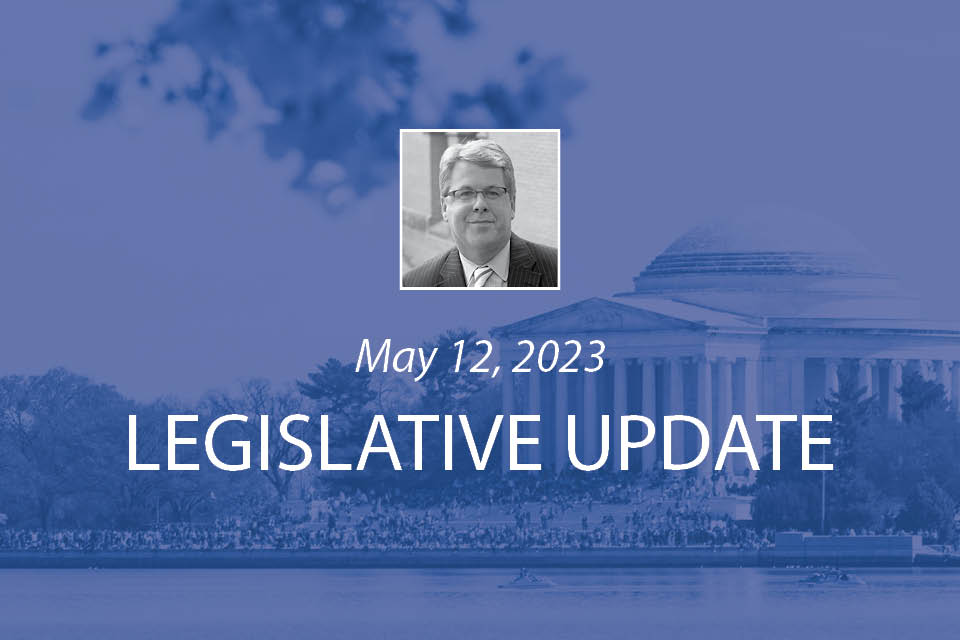Supply Chain
On Wednesday, May 10 the House Transportation & Infrastructure Committee held a hearing titled “Freight Forward: Overcoming Supply Chain Challenges to Deliver for America.” The panelists ranged from the Teamsters Union to owner-operator truck drivers to the association representing truck stop operators. We are picking up reports that this hearing begins the sequence of rolling out a comprehensive supply chain legislative package later in May or early June. This package is expected to include provisions of the LICENSE Act-which was introduced recently—that streamlines and makes more efficient the process of obtaining a commercial drivers license (CDL). We are also hearing that the measure will fold in aspects of the SHIP IT Act, including tax credits for new and existing truck drivers and funding for creating more parking options for big rigs. The question on the table is whether the package will address truck weight reform.
Language in the SHIP IT Act authorizes a pilot program for states to opt into that would allow trucks with six axles and weighing 91,000 pounds to travel over the interstate highway system. Also pending is the Safe Routes Act, which is picking up more cosponsors each week. That bill would allow trucks traveling at the maximum gross vehicle weight limit on state roads to travel on the interstate highway systems for short distances at those heavier weights. As we know, the current weight limit on interstate highways is 80,000 pounds for five-axle trucks, which has created an unsafe situation where heavier rigs must travel on smaller, secondary state roads instead of the interstate highway system that is better engineered to handle larger vehicles. The issue has pitted sectors like ours that rely heavily on trucks for inbound and outbound shipments product against the Class 1 railroads who vehemently oppose truck weight reform legislation in any form. House Transportation & Infrastructure Committee Chairman Sam Graves (R-MO) has been careful in his approach to this issue and has been noncommittal on whether his supply chain package will include any truck weight language.
Greenhouse Gas/EPA
On Thursday, the U.S. Environmental Protection Agency unveiled a major rulemaking that would require electric utilities that are fueled by coal or natural gas to reduce their emissions by 90 percent between the years 2035 and 2040 or shut down. Specifically, the proposals would set limits for new gas-fired combustion turbines, existing coal, oil and gas-fired steam generating units, and certain existing gas-fired combustion turbines.
According to an EPA release, the proposed standards are based on technologies such as carbon capture and sequestration/storage (CCS), low-greenhouse gas (GHG) hydrogen co-firing, and natural gas co-firing, which can be applied directly to power plants that use fossil fuels to generate electricity.
The concern from the business community is what this action will ultimately do to electricity costs. ABMA is tracking the issue and will report on developments regularly.




